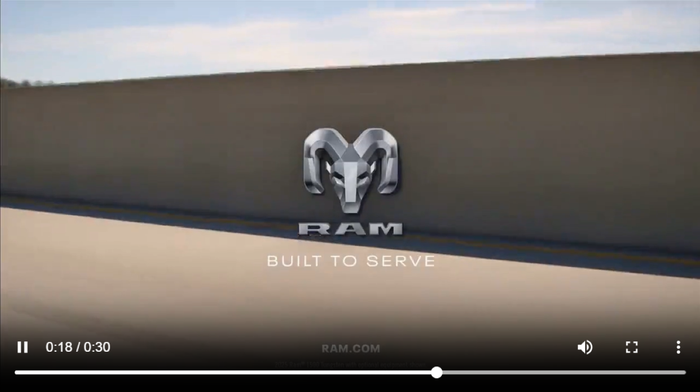Ford Escape Auto Liftgate
The hands-free liftgate had to be calibrated to not activate when encountering heavy rain, running dogs, rolling balls or shopping carts.

There is a little bit of videogame in the ’13 Ford Escape’s hands-free liftgate, which leverages technology similar to that used in gesture-detecting gaming systems.
While you won’t be able to hit a virtual golf ball or slay a digital dragon, the system does recognize one gesture – a slight kicking motion – which activates the liftgate.
Debuting on the ’13 Escape now arriving in dealerships, the hands-free liftgate automatically opens when it detects the kicking motion under the rear bumper, allowing someone with their arms full to access the cargo area easily.
Joe Celani, electrical systems engineer, says the technology is similar to that used by the Nintendo Wii and Xbox Kinect motion-control videogame systems.
Ford and supplier partner Brose painstakingly tested the technology employed on the liftgate to ensure it wouldn’t be mistakenly activated, Celani says, noting testing was conducted in Germany and the U.S. in conjunction with Brose.
“This component has a lot of interactions,” he tells WardsAuto. “It has to make sure you’re the correct person by detecting the key fob to let the liftgate know it’s is OK to accept the input (of the kicking motion). So there are two modules communicating with each other.”
The system utilizes two sensors located between the tailpipes that form an electronic field. When broken, the field activates the liftgate.
The system had to be calibrated to detect just a kicking motion, and not activate when encountering other conditions, such as heavy rain, running dogs, rolling balls or shopping carts, Celani says.
For the liftgate to activate the sensors first must detect a shin, then a foot, followed by the shin leaving the sensor area followed by the foot.
“It’s checking for those four movements,” he says. “And it has to be in that order, and as long as that sequence occurs it sends the message to open. It cannot be a side-to-side kick; it’s looking for that forward motion.”
In addition to testing to ensure foreign objects wouldn’t activate the liftgate, test subjects of varying statures also were used to ensure the system worked properly.
Celani says tests were conducted with shorter females and taller males, noting such differences in height means their knees could be up to 2 ft. (0.6 m) apart.
“Everybody’s knee is at a different point depending on height, so we were trying to take into account different angles (of the foot),” he says. “At first (the system) had short and tall issues, but we calibrated the input and now every person is covered.”
Citing Ford policy, Celani declines to disclose whether the system eventually will migrate to other Ford products. But in a statement the auto maker says the feature “for now is only on the Escape” and it “has the potential to improve other touch and gesture technology Ford is testing.”
The hands-free liftgate system on the ’13 Escape is available as a $425 standalone option. The CUV starts at $22,795 for a base model and tops out at $30,695 for the Titanium version.
About the Author
You May Also Like





